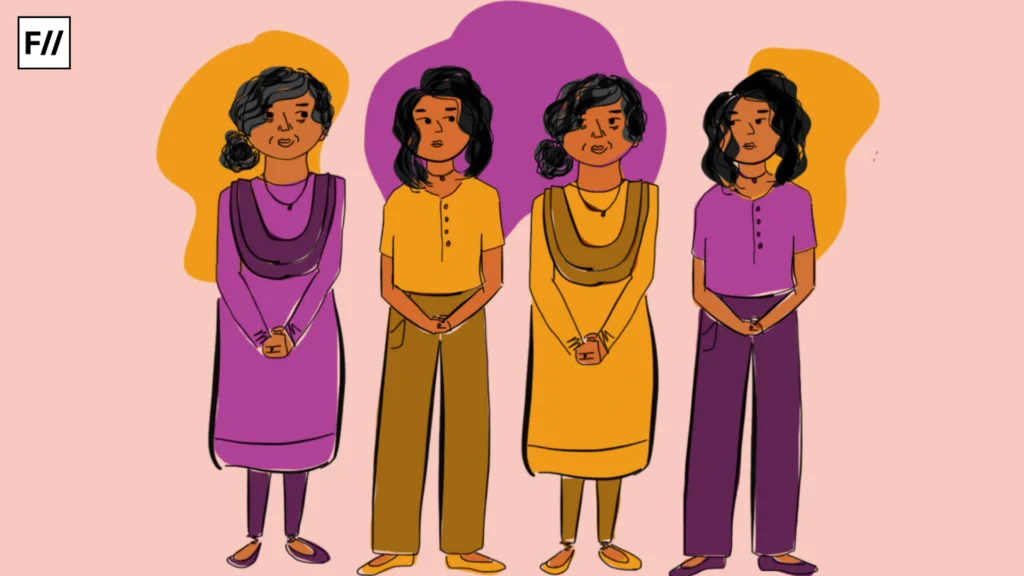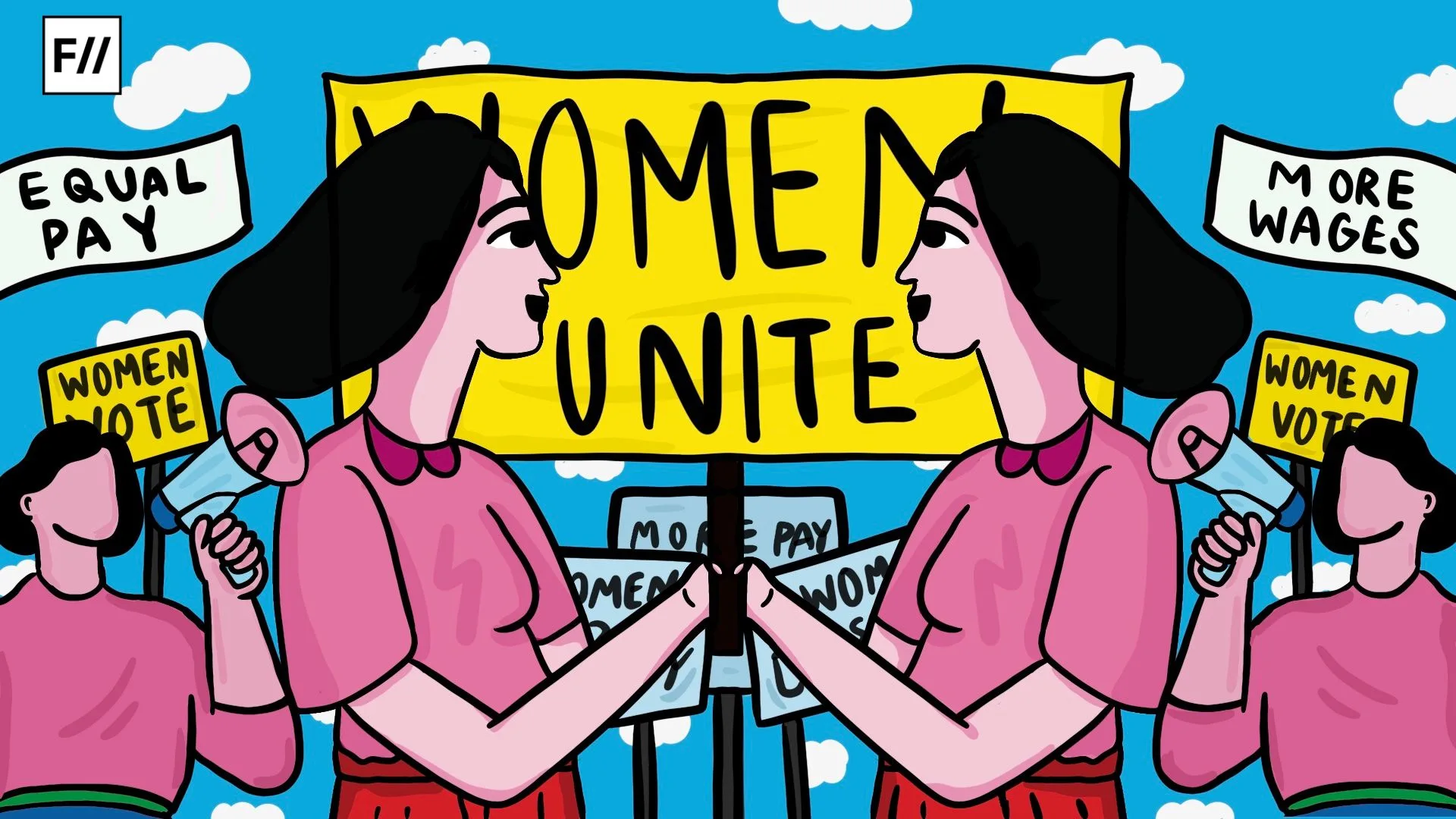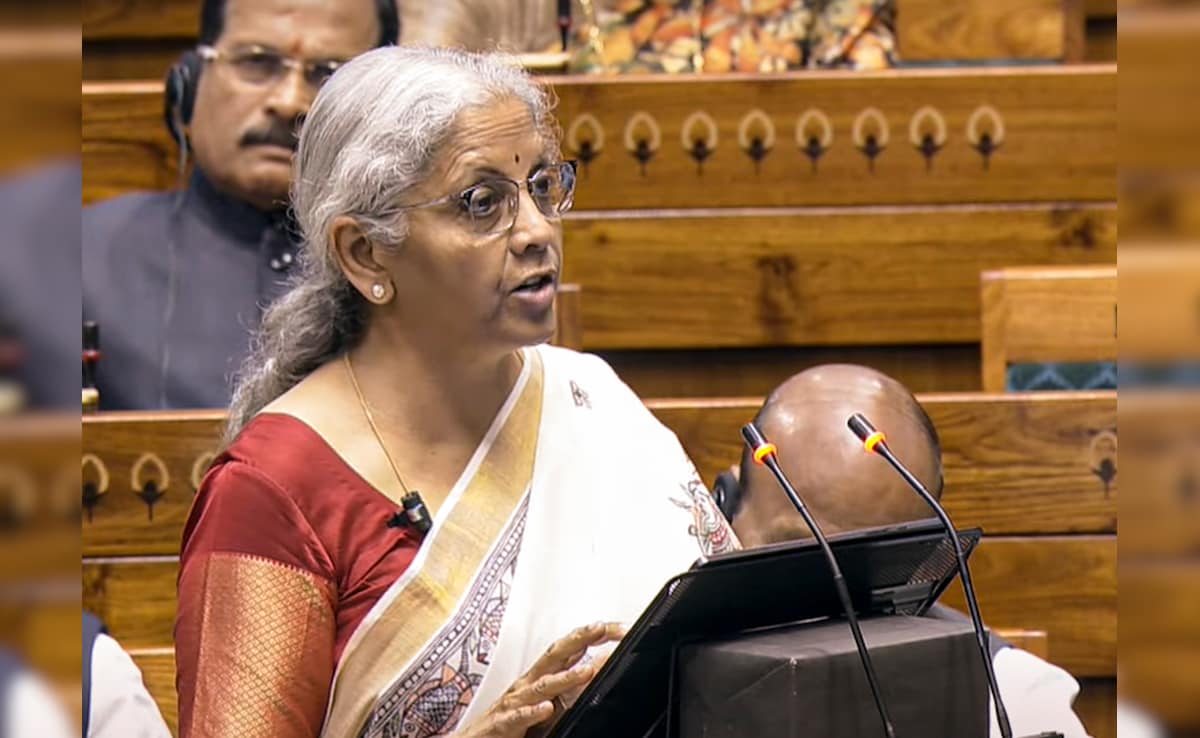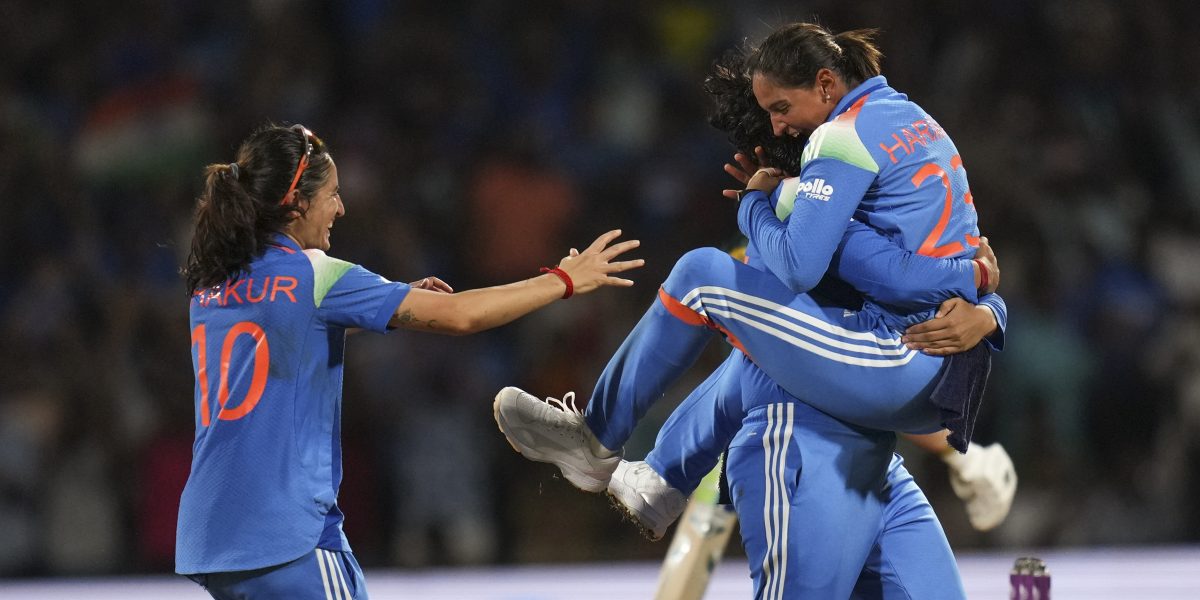Nirmala Sitharaman, the first full-time female finance minister of India, marked a record by presenting her eighth consecutive annual budget. This was the second budget of Narendra Modi-led NDA’s third term. The first budget of the third term, presented in July 2024, was called down and criticised for its negligence and rigid taxation policies.
The first budget of the third term, presented in July 2024, was called down and criticised for its negligence and rigid taxation policies.
The current budget was presented against the backdrop of many pressing occurings including the agitation and dissatisfaction among citizens for inflation and high-income tax, the assembly election of the country’s capital where the BJP has been out of rule for 26 years, the uproar among farmers for various unsettled demands, and a “fast unto death” protest by farmer leader Jagjit Singh Dallewal for ensuing a guaranteed MSP for crops.
The budget presented tried to charm the middle-class section of the country; the speech made by the finance minister provided that ‘taxpayers up to 12 lakh of normal income (other than special rate income such as capital gains) tax rebate is being provided in addition to the benefit due to slab rate reduction in such a manner that there is no tax payable by them.‘
The speech appears to bring relief to a major population of the country by using the headline ‘No Taxation up to 12.75 lakhs income‘. However, understanding the correlation between the rebate procedure and income tax slabs becomes inevitably important. Even the minutest income above 12.75 lakhs would enable the government to charge a full twelve percent tax on the income generated.
The budget also mentions that for the policymakers, Viksit Bharat encompasses seventy percent of women in economic activities. The budget introduces the scheme for rural women and first-time entrepreneurs but a nuanced analysis of the draft does offer a deficiency of policies and investment in order to ensure empowerment and gender-equity.
Gender disparities in India’s labour market
The State has time and again highlighted its negligence in considering a perennial payment for the unnoticed domestic care work. Over the last ten years, the Gross Enrollment Rate in higher education has undergone a steep rise with more girls participating and accessing educational Institutions. But, the job market outcomes portray a totally different picture. India has one of the lowest female labour force participation rates (LFPR) across emerging markets. With a female LFPR of 25%, merely one in four women of working age (15-59 years) in India are either working or seeking work.
This is significantly low compared to male LFPR of 57.3% across the country. A major reason often cited for women dropping out of the labour market is the lack of adequate support for caregiving. The notion of unpaid care work has always been neglected by the policymakers and its absence in the current budget is not at all a new thing.
The notion of unpaid care work has always been neglected by the policymakers and its absence in the current budget is not at all a new thing.
What is disappointing is the chronic neglect of the care economy, which plays a crucial role in the economic participation of women. The Ministry of Child and Women Development serves as the primary interface for interaction between the State and the women working in the care economies. However, the budget allocation for the Ministry of Women and Child Development (MWCD) over the years reflects the stance and unbothered approach adopted by the policymakers in the care-economy sector.

The revised estimates for 2024-25 clearly show the decrement of the initial allocation from ₹26,592.19 crores to ₹23,682.98 crores; a cut of nearly ₹2,900 crores which would have been deviated to some other ministries or working of the government. Even the projected budget for 2025-26, at ₹27,389.69 crores, offers no real breakthrough, merely compensating for previous reductions. Capital expenditure remains dismal, dropping from ₹8.48 crores in 2023-24 to ₹3.38 crores in 2024-25, with a minor increase to ₹4.70 crores in 2025-26.
This signals a lack of investment in infrastructure, long-term welfare programs, or systemic support for women engaged in care work. Care work remains invisible, unrecognised, and undervalued resulting in millions of women being trapped in hardships and economic vulnerability. In the absence of any serious progressive policy shifts, this exclusion will persist.
| Year | Revenue* | Capital* | Total* |
| Actual 2023-24 | 25,509.98 | 8.48 | 25,518.46 |
| Budget 2024-25 | 26,588.81 | 3.38 | 26,592.19 |
| Revised 2024-25 | 23,679.60 | 3.38 | 23,682.98 |
| Budget 2025-26 | 27,384.99 | 4.70 | 27,389.69 |
* indicates (in Rs. Crore)
The FM in her speech mentioned, ‘The Saksham Anganwadi and Poshan 2.0 programme provides nutritional support to more than 8 crore children, 1 crore pregnant women and lactating mothers all over the country, and about 20 lakh adolescent girls in aspirational districts and the north-east region. The cost norms for the nutritional support will be enhanced appropriately.‘ The Saksham Anganwadi and Poshan 2.0 schemes are one of the key schemes under the Ministry of Women and Child Development, getting about 81% share of the allotted budget.
A deeper analysis and understanding of the scheme raise certain concerns about the budget and the working of the ministry.
A deeper analysis and understanding of the scheme raise certain concerns about the budget and the working of the ministry. Despite being an umbrella scheme the budget allocation for the same has been stagnant over the years. It has increased only marginally from Rs. 21,200 crores in 2024-25 BE to Rs. 21,960 crores in 2025-26 BE.
The mentioned limitations are a just institutional drawbacks. A percolated understanding and scrutiny of the working of the mentioned scheme would put forward numerous infrastructural barriers; working culture for Anganwadi workers, administrative exclusion of mothers and children owing to the absence of aadhaar, leakages in the supply chain, quality and quantity of ration being delivered, etc.
Structural challenges in gender budgeting
The government of India has formally institutionalised the Gender budget since 2004-05, and a Part-C was also introduced in the Gender Budget Statement (GBS), which added allocations for pro-women programmes that are less than 30% of the total allocations, last year. This now makes GBS comprised of three parts, namely Part-A, Part-B, and Part-C, wherein Parts A, B, and C include schemes with provision for women in 100%, 99%-30%, and up to 30% respectively.

While an official press release by MCWD boasts that ‘the share of Gender Budget allocation in the total Union Budget has increased to 8.86% in FY 2025-26 from 6.8% in FY 2024-25‘, however, a closer examination outlines a totally different scenario. This spike in the allocation in GBS can be attributed to an increase in the allocations for the Ministry of Housing and Urban Affairs of Rs. 23294.00 crores in Part A, reflecting that 100% of the scheme benefits women, which is not the case.
It is also puzzling that 53% of the entire budget (Rs. 107638.78 crores) of Pradhan Mantri Garib Kalyan Anna Yojana, which is Rs 203000 crores, is reported in part B this year. Practices like these portray a problematic depiction of the Gender Budget Statement. These forced calculations and allocations try to make an evolving image of budget allocation toward gender upliftment but the story is not too simple.
Towards a more inclusive fiscal policy
An in-depth analysis of the budget presented by FM, Nirmala Sitharaman, earlier this month elucidates multiple instances of ambiguity. The mentioned instances and occurrences in this discussion are a handful of such ambiguities. The budget speech by FM which should have been an unbiased address to the citizens of the country, appeared like a manifesto for the policies and projects in the state of Bihar. The establishment of the Makhana board, the establishment of the National Institute of Food Technology, Entrepreneurship and Management, the facilitating of the Greenfields airport, and financial support to the Western Koshi Canal project were notable initiatives by the central government to the state of Bihar.
It is important to highlight that no other state could even make a space in the speech of FM (except for Bihar, only Assam appeared once concerning the reopening of three dormant urea plants).
It is important to highlight that no other state could even make a space in the speech of FM (except for Bihar, only Assam appeared once concerning the reopening of three dormant urea plants). This is indicative of the appeasement practice of making sure the chief minister of Bihar did not leave the alliance at the center.
The celebration of the new tax slabs and rebating policies portrays a sense of ignorance towards the commitment to gender-inclusivity. Gender-responsive budgeting is not equivalent to the creation of different budgets for women rather it is the adoption of a holistic approach in allocation and taxation, to address the gender-based differentials in outcomes and opportunities for men, women, and those beyond the gender binary.
For instance, the new tax slab regime does little to incentivise women to join the paid workforce. If the differentiation could have been done keeping gender as a tool, it would have allowed a larger section of women to join salaried job.

The 2025-26 budget which intends to provide an escape from the retarded economy and rage against the income tax policies, underscores a greater structural failure in addressing the systemic inequalities. The selective allocation of resources, the misleading portrayal of gender-sensitive funding, and the neglect of unpaid care work reflect a governance model that prioritises political appeasement over substantive social transformation.
There is an urgent need for a paradigm shift, which discards superficial tokenism and embraces intersectionality while keeping gender-equity as the fundamental principle of governance.
About the author(s)
Harsh Bodwal teaches Social Science and English at a CBSE-affiliated school and holds an MA degree in Political Science from Jawaharlal Nehru University. His research explores how caste, patriarchy, and capital intersect with the various institutions to shape and often constrain democratic processes.







